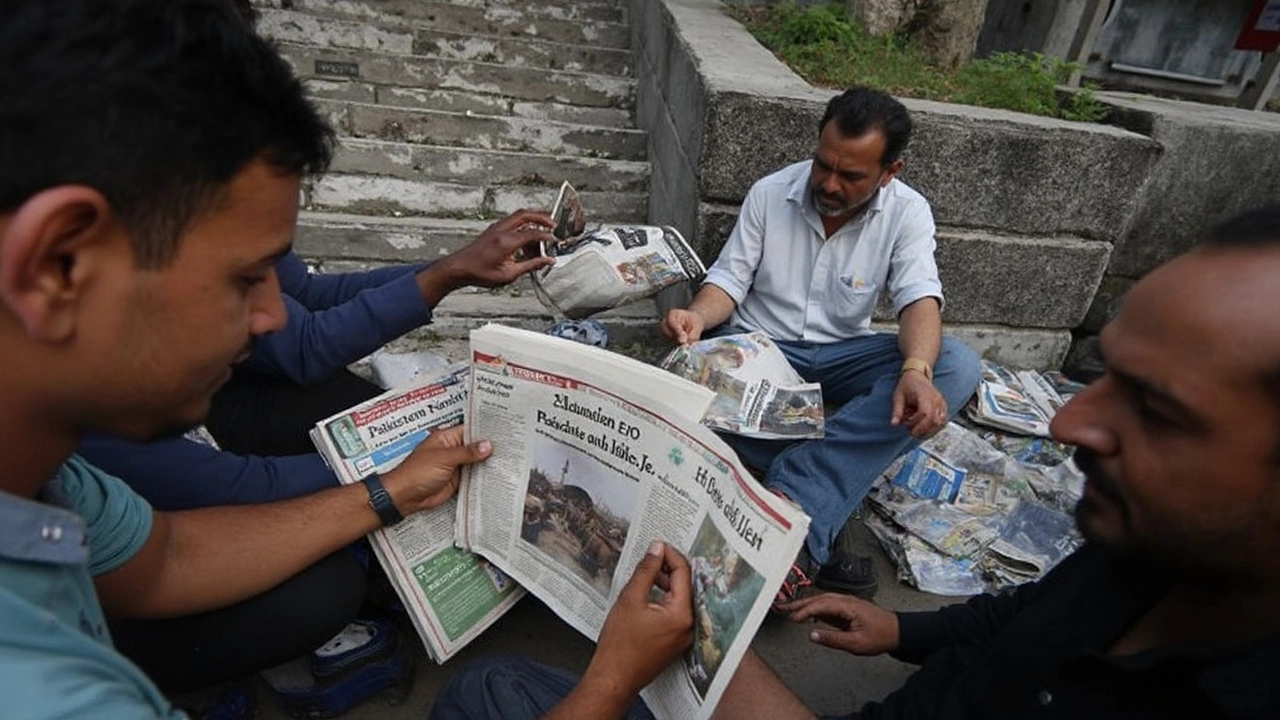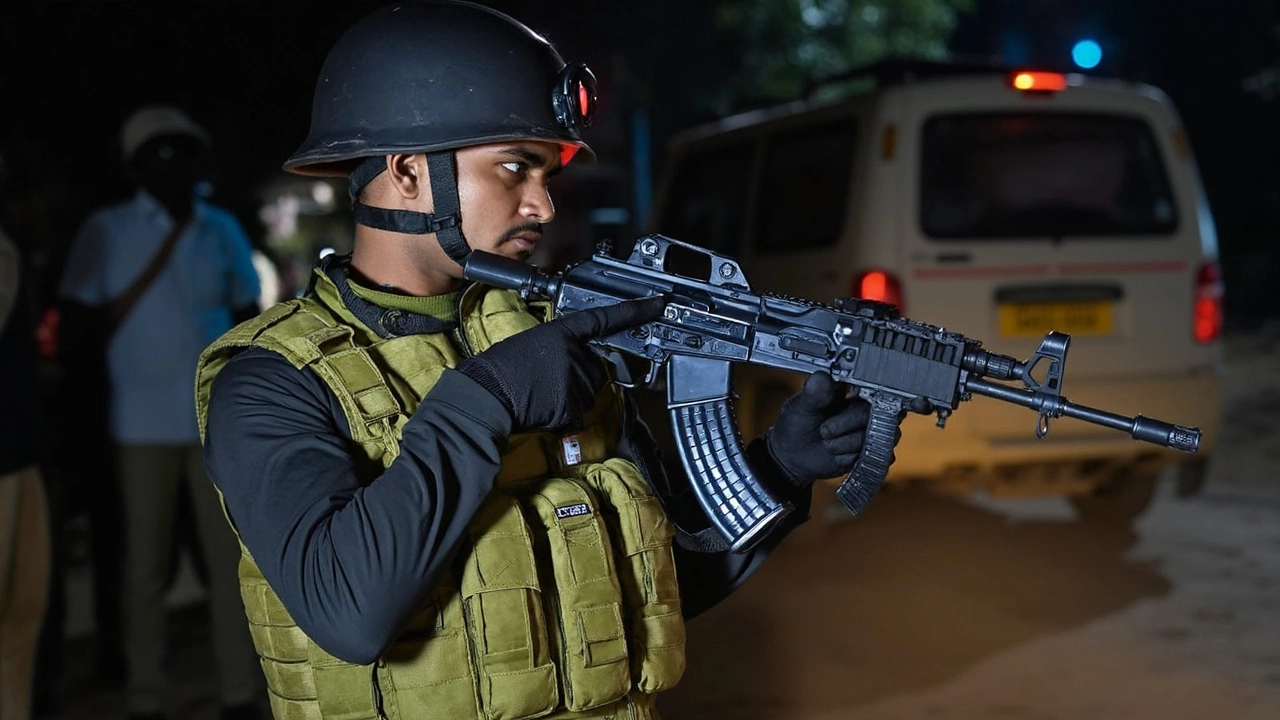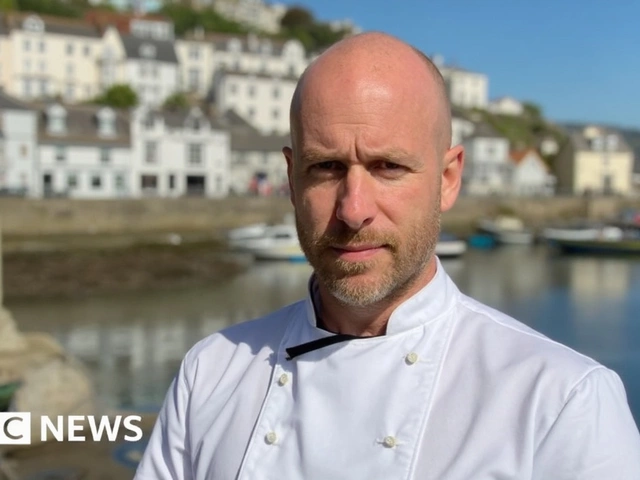Massacre in Pahalgam: Tourists Targeted in Kashmir's Heartland
On April 22, 2025, a quiet meadow in Pahalgam, a region celebrated for its lush landscapes and serene beauty in India-administered Kashmir, turned into a scene of unimaginable horror. Militants armed with automatic weapons stormed an area known for hosting vacationing families and trekkers, letting loose a barrage of gunfire on a gathering of tourists. By the time the gunmen slipped away into dense forest, 25 Indian tourists and one visitor from Nepal lay dead, with scores more bleeding on the grass—shattering a fragile sense of peace that had held through previous years of unrest.
This attack stands out as one of the most brutal in recent memory, not only for its high body count but also because the victims were civilians—a group typically avoided by militant strikes in this region. Survivors described scenes of panic, people ducking for cover behind cars and rocks, and the chaotic aftermath as locals and first responders tried desperately to save the injured.

Security Surge and a Nation on Edge
Indian security forces wasted no time. Within minutes, roadblocks sprang up across Pahalgam, soldiers poured into the area, and helicopters buzzed overhead, hunting for any signs of the attackers. Vehicle checkpoints snarled traffic on routes in and out of town. Hospital staff in Anantnag and Srinagar worked frantically to treat gunshot wounds and save those clinging to life.
Officials say the assault required meticulous planning. Militants struck during a holiday peak, ensuring the largest possible crowd. There’s growing suspicion that a Pakistan-based group might be behind the carnage. The pattern—the cold targeting of innocent lives, the quick escape into the mountains—bears a chilling resemblance to tactics seen in the notorious 2019 Pulwama suicide bombing, which killed 40 Indian paramilitary soldiers and became a flashpoint between India and Pakistan.
The government swiftly moved into crisis mode. Prime Minister Modi, away in Saudi Arabia on an official visit, cut his trip short the moment news of the massacre broke. Less than 12 hours later, he was back in Delhi, flanked by top national security officials. In a television address, Modi condemned the attack as a “cowardly act of terror” and promised the culprits would face the full force of Indian law, while also hinting at measures that “will send a clear message beyond our borders.”
Delhi hasn’t hesitated to draw parallels to past attacks, fueling suspicions and anger along the already-tense India–Pakistan border. Social media lit up with calls for a tough response, while experts warned that these moments often lead to tit-for-tat escalations between the two nuclear-armed neighbors.
Meanwhile, Kashmir has been flooded with more security forces as authorities try to reassure locals and potential tourists. Regular life in the region remains on hold, with massive police patrols and highways under strict surveillance. Residents say the trauma of the Pahalgam attack has revived old fears—many remember the ripple effects on daily life after Pulwama, when checkposts became a constant feature and travel restrictions hit households, schools, and workplaces.
No group has officially claimed responsibility, but intelligence agencies are sifting through intercepts and witness statements for leads. So far, the consensus is clear: this was an attack calculated to provoke and destabilize, targeting not just individuals, but the idea of normalcy itself in a valley that’s struggled for decades with unrest.





